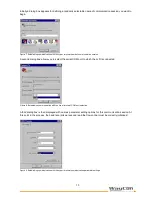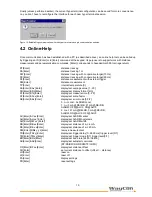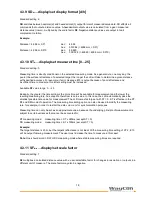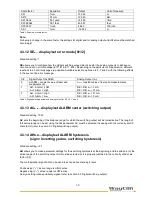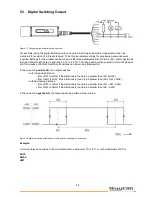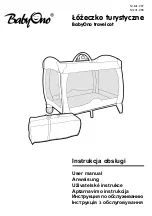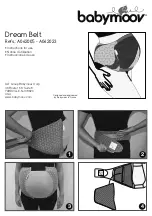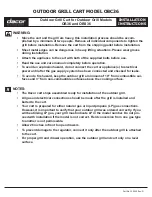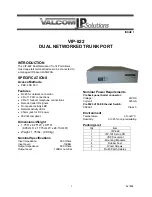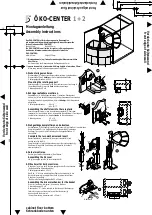
27
Distant (m) increases
9,8
9,9
10,0
10,1
10,2
…
11,0
11,1
11,2
11,3
+AH
L
L
L
H
H
H
H
L
L
H
-AH
H
H
H
L
L
L
L
H
H
H
Distant (m) decreases
11,3
11,2
11,1
11,0
10,9
10,8
…
10,0
9,9
9,8
+AH
L
L
L
L
H
H
H
H
H
L
-AH
H
H
H
H
L
L
L
L
L
H
L= LOW, H= High
How the switching output is to behave on occurrence of an error message (E15, E16, E17, and E18) can be
defined by making suitable settings under “SE“ (see 4.3.12).
5.4 Analog Output
Figure 19: Wiring diagram of analog output
The purpose of the analog output is to allow transmission of analog measured values via a 4...20 mA interface.
The amount of current which is injected into the line of transmission is proportional to the distance measured. A
given range of distances can be selected for transmission via the two parameters Range Beginning (RB) and
Range End (RE) (refer to sections 4.3.16 and 4.3.17). RE may be greater or smaller than RB.
The amount of injected current can be calculated as follows:
𝑅𝑅𝑅𝑅 > 𝑅𝑅𝑅𝑅: 𝐼𝐼𝐼𝐼𝐼𝐼𝐼𝐼[𝑚𝑚𝑚𝑚] = 4𝑚𝑚𝑚𝑚 + 16 ∗ �
𝐷𝐷𝐷𝐷𝐷𝐷𝐼𝐼𝐷𝐷𝐷𝐷𝐷𝐷 − 𝑅𝑅𝑅𝑅
𝑅𝑅𝑅𝑅 − 𝑅𝑅𝑅𝑅
� ∗ 𝑚𝑚𝑚𝑚
𝑅𝑅𝑅𝑅 < 𝑅𝑅𝑅𝑅: 𝐼𝐼𝐼𝐼𝐼𝐼𝐼𝐼[𝑚𝑚𝑚𝑚] = 4𝑚𝑚𝑚𝑚 + 16 ∗ �
𝐷𝐷𝐷𝐷𝐷𝐷𝐼𝐼𝐷𝐷𝐷𝐷𝐷𝐷 − 𝑅𝑅𝑅𝑅
𝑅𝑅𝑅𝑅 − 𝑅𝑅𝑅𝑅 � ∗ 𝑚𝑚𝑚𝑚
Current out of distance range:
Dist. < (RB...RE)
Dist.> (RB...RE)
RE > RB
4 mA
20 mA
RE < RB
20 mA
4 mA

